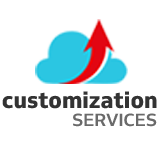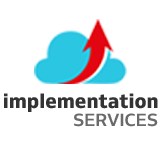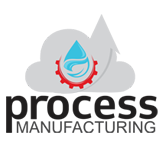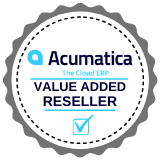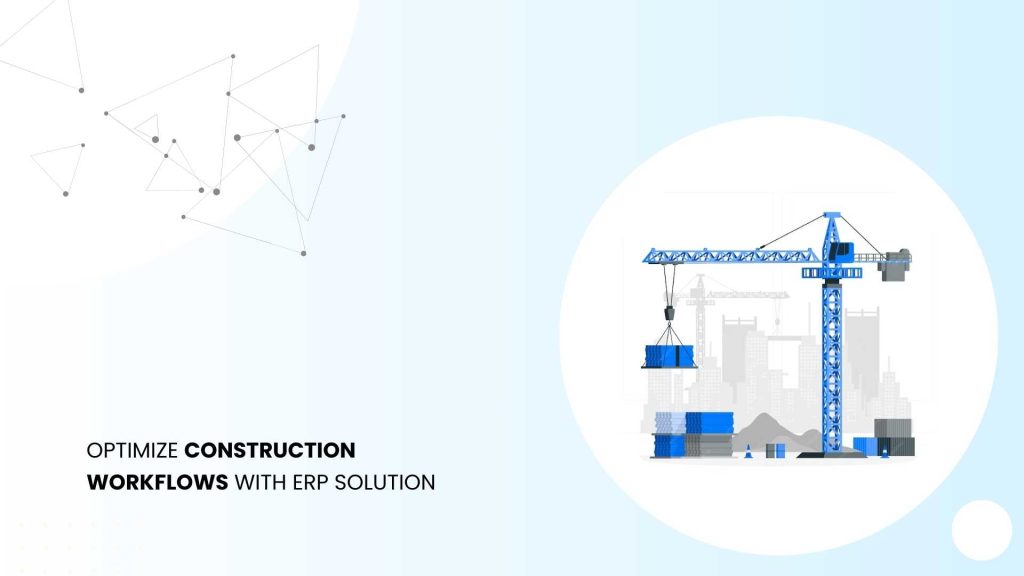Construction workflows are the sequences of tasks and processes that form the backbone of any construction project. From starting to the final phases of completion, construction workflows ensure an organized and efficient approach to building structures. These intricate processes involve coordinating various teams, resources, and materials, emphasizing the seamless integration of different phases.
Whether it’s site preparation, foundation laying, or the installation of intricate details, a well-organized construction workflow is essential for producing projects on time and within budget. This systematic approach enhances project management and contributes to the overall success and longevity of construction endeavors. We’ll explore challenges in the construction industry.
Challenges of Construction Workflows
Inappropriate Planning:
- Scope Creep: Changes in project scope without proper evaluation and adjustment of resources can lead to delays and cost overruns.
- Poor Resource Allocation: Ineffective workforce, equipment, and materials allocation can hinder project progress.
- Incomplete Risk Assessment: Failure to identify and plan for potential risks can result in unforeseen issues during construction.
Managing Multiple Clients:
- Conflicting Priorities: Different clients may have conflicting needs and priorities, making it challenging to balance and meet everyone’s expectations.
- Communication Gaps: Miscommunication between clients, contractors, and stakeholders may lead to misunderstandings and dissatisfaction.
Inadequate Communication:
- Information Silos: Lack of a centralized communication system can lead to information silos, hindering collaboration and transparency.
- Poor Documentation: Incomplete or inaccurate documentation can lead to misunderstandings, disputes, and errors in the construction process.
Sustainability Pressures:
- Regulatory Compliance: Adapting to changing environmental regulations and sustainability standards requires ongoing effort and may increase project complexity.
- Material Sourcing: Identifying and sourcing sustainable construction materials can be challenging, impacting cost and availability.
- Technology Adoption: Integrating new sustainable technologies into construction workflows may require additional training and investment.
Use Cases of ERP Implementation in Construction
Automated Operations:
- Streamlining and automating routine tasks such as project scheduling, resource allocation, and inventory management.
- Integration of real-time data from different departments for improved decision-making.
More Efficient Payroll Operations:
- Automating payroll processes, assuring accurate and timely payments to employees and subcontractors.
- Tracking labor costs, overtime, and compliance with labor regulations more effectively.
Detailed Financial Reports:
- Centralized financial management provides detailed insights into project costs, budget allocations, and economic performance.
- Real-time tracking of expenses, helping in better budget control and forecasting.
Enhanced Marketing Strategies:
- Utilizing ERP data to analyze project performance, client satisfaction, and market trends.
- Improving customer relationship management (CRM) by tracking interactions, communications, and feedback.
Estimated Construction Costs:
- Using historical project data and analytics to create more accurate and competitive bids.
- Real-time cost tracking during the construction phase to identify potential cost overruns and address issues promptly.
Adequate Internal Communication:
- A centralized platform facilitates better communication among project teams, contractors, and stakeholders.
- Document management and collaboration tools within ERP enhance communication and reduce the risk of miscommunication.
Optimizing Project Management:
- Centralized project management tools for efficient planning, resource allocation, and scheduling.
- Improved collaboration among project teams with real-time updates on project progress, issues, and changes.
Conclusion
Acumatica’s Cloud ERP, Construction Management software, is a robust solution to empower construction firms with invaluable business intelligence. Recognizing that visibility is a cornerstone of success in the construction industry, Acumatica ensures its platform provides comprehensive insights and analytics throughout the project lifecycle. In a landscape where informed decisions are paramount, Acumatica’s Cloud ERP emerges as a pivotal asset for companies aspiring to achieve excellence in their projects.
FAQ’s
Q: How can construction workflow management improve project efficiency?
A: By streamlining communication, scheduling, and resource allocation, ensuring timely completion and cost-effectiveness.
Q: What role does technology play in construction workflow management?
A: Technology facilitates real-time collaboration, data-driven decision-making, and automated processes, enhancing overall project coordination and oversight.
Q: How does construction workflow management address potential delays and setbacks?
A: Through proactive planning, risk identification, and adaptive scheduling, it minimizes disruptions, allowing for timely resolution of issues and maintaining project timelines.

Vijay comes with a vast experience in ERP and enterprise solutions space with about 20 years of experience in various packaged application like Acumatica, SAP, Orion, Salesforce.com, SugarCRM and, SalesLogix.




